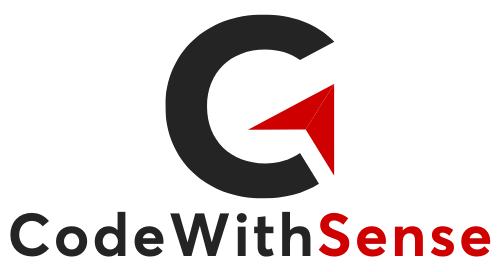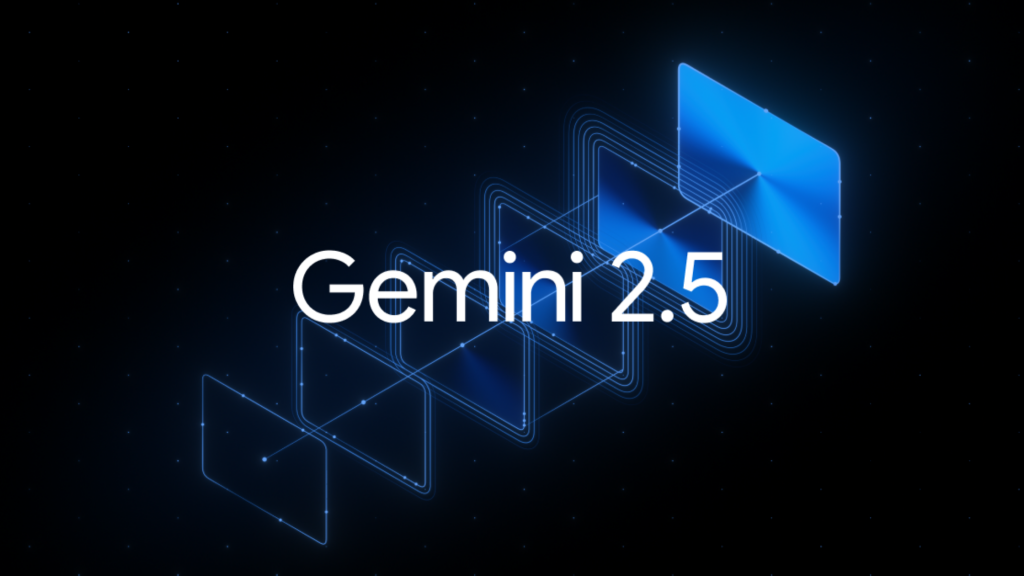Artificial intelligence is no longer just a futuristic promise, it’s a vital part of how forward-thinking companies innovate, automate, and grow. From generating marketing content in seconds to writing code or even designing new products, AI is transforming workflows across industries.
But as organizations rush to integrate generative AI into their processes, a new, critical capability has emerged: dynamic prompt engineering.
While traditional AI implementation focuses on training and deploying models, prompt engineering the craft of designing and refining prompts to guide AI outputs is now at the heart of extracting consistent value from generative AI systems. And as these models become more adaptive and powerful, prompt engineering is evolving into an essential skill for any AI-driven team.
Why Prompt Engineering Matters
Generative AI systems, whether text, image, or code generators, are driven by prompts the instructions we provide to guide the model’s output. A slight change in wording can lead to vastly different results, making prompt design both an art and a science.
In enterprise settings, precision and reliability are paramount. Businesses rely on AI outputs for critical functions like client communication, product recommendations, data analysis, and creative production. Inconsistent or misaligned results can damage brand trust, reduce operational efficiency, and even introduce security or compliance risks.
That’s where prompt engineering comes in. By mastering this skill, teams can systematically steer AI behavior, ensure outputs meet enterprise standards, and align results with business objectives.
From Static to Dynamic: The Next Level
Earlier approaches to prompt engineering often involved static, pre-defined templates. While useful, they fail to fully leverage the adaptive potential of today’s advanced AI systems.
Dynamic prompt engineering takes this a step further by creating flexible, context-aware prompts that adjust in real time. This approach blends human insight with AI’s generative power to respond to changing business needs, customer interactions, or operational data.
Imagine a customer support bot that adapts its tone and detail level depending on the urgency of a query. Or a marketing content generator that modifies language style based on brand guidelines and live campaign performance data. This level of adaptability is only possible with dynamic prompt engineering.
Core Benefits for Enterprise AI Strategy

Dynamic prompts help reduce output variability, making AI responses more consistent and trustworthy. This is critical in sectors like finance, healthcare, and legal, where precision is non-negotiable.

With adaptive prompts, companies can hyper-personalize experiences at scale from product descriptions tailored to individual customers to personalized training modules for employees.

Dynamic prompts enable rapid experimentation without retraining the underlying model. Teams can iterate on use cases quickly, empowering faster go-to-market strategies and innovation cycles.

Prompt engineering acts as a bridge between human intent and machine output. By empowering teams to dynamically shape AI behavior, organizations foster more effective and intuitive collaboration.
Building Prompt Engineering into Team Workflows
To truly harness this skill, companies need to integrate prompt engineering into their broader enterprise AI strategy. Here’s how:

Prompt engineering shouldn’t be siloed within technical teams. Marketing, product, design, and operations teams should all understand the basics of crafting effective prompts and refining outputs.

Maintain a centralized library of tested, optimized prompts for different use cases. This improves consistency, accelerates onboarding for new team members, and reduces duplicate effort.

Continuously gather feedback from end-users and internal stakeholders to refine prompts and align them with evolving business goals.

Develop or adopt tools that support dynamic prompt generation, automated testing, and prompt performance analytics to scale effectively.
Preparing for the Future of Adaptive AI
As generative AI models continue to advance, static interactions will give way to more fluid, context-driven collaborations. Organizations that embrace dynamic prompt engineering today will be better prepared to lead tomorrow.
Moreover, prompt engineering is not just about getting better outputs, it’s about creating a deeper alignment between AI capabilities and human values, business objectives, and brand identity.
Conclusion
In a world where AI is an integral part of daily workflows, dynamic prompt engineering stands out as a crucial new skill set. It empowers teams to guide adaptive AI systems with precision, ensuring outputs are reliable, relevant, and aligned with enterprise strategy.
Companies that invest in building this capability today are setting themselves up to unlock the true potential of generative AI driving innovation, efficiency, and competitive advantage in ways that were previously unimaginable.











